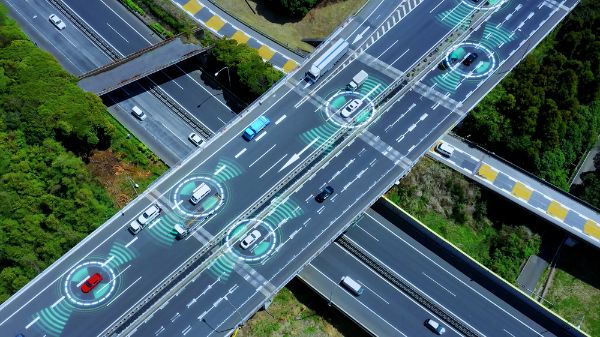Advanced Driver Assistance Systems (ADAS) are becoming more common in European vehicles. These systems use technology to assist drivers and enhance safety. Brands like BMW, Audi, and Mercedes-Benz are known for integrating ADAS into their vehicles. ADAS helps drivers with features such as lane-keeping, adaptive cruise control, and automatic emergency braking. These features improve safety and make driving easier.
Key Features of ADAS
ADAS includes several key features that aid drivers in various ways. Lane-keeping assist helps to keep the vehicle within its lane by providing steering input or warnings if the vehicle drifts. Adaptive cruise control adjusts the vehicle's speed based on traffic conditions, maintaining a safe distance from the vehicle ahead. Automatic emergency braking detects potential collisions and applies the brakes to prevent or reduce the impact. These features contribute to a safer driving experience and can help prevent accidents.
How ADAS Enhances Vehicle Safety
ADAS significantly enhances vehicle safety by providing real-time assistance to drivers. For example, blind-spot monitoring alerts drivers if there is a vehicle in their blind spot, reducing the risk of lane-change accidents. Rearview cameras and parking sensors help drivers navigate tight spaces and avoid obstacles. These systems work together to create a safer driving environment by alerting drivers to potential hazards and assisting with maneuvering. The advanced technology in ADAS helps to reduce human error and improve overall road safety.
Importance of Regular ADAS Calibration
Regular calibration of ADAS is important to ensure that these systems function correctly. European vehicles with ADAS features require precise alignment and calibration to work properly. After windshield replacement or suspension repairs, recalibration of the ADAS is often needed. Proper calibration ensures that the sensors and cameras used by these systems are accurately aligned. This helps maintain the effectiveness of safety features and ensures that they provide accurate assistance to the driver.
The Future of ADAS Technology
ADAS technology continues to evolve and improve. Future advancements are expected to include even more sophisticated features, such as automatic lane-changing and advanced collision avoidance systems. European vehicle manufacturers are at the forefront of these innovations, developing new technologies to enhance driving safety and convenience. As ADAS technology advances, it will become an even more integral part of modern vehicles, offering increased safety and a better driving experience.
Benefits of ADAS for Everyday Driving
ADAS offers several practical benefits for everyday driving beyond safety enhancements. Features like adaptive cruise control reduce driver fatigue on long trips by maintaining a constant speed and adjusting to traffic changes automatically. Lane-keeping assist helps drivers stay centered in their lane, which is particularly useful on long highway drives. Additionally, parking assistance features make it easier to park in tight spots, saving time and reducing stress. These everyday conveniences contribute to a more enjoyable and less stressful driving experience, making daily commutes and long journeys more pleasant.

